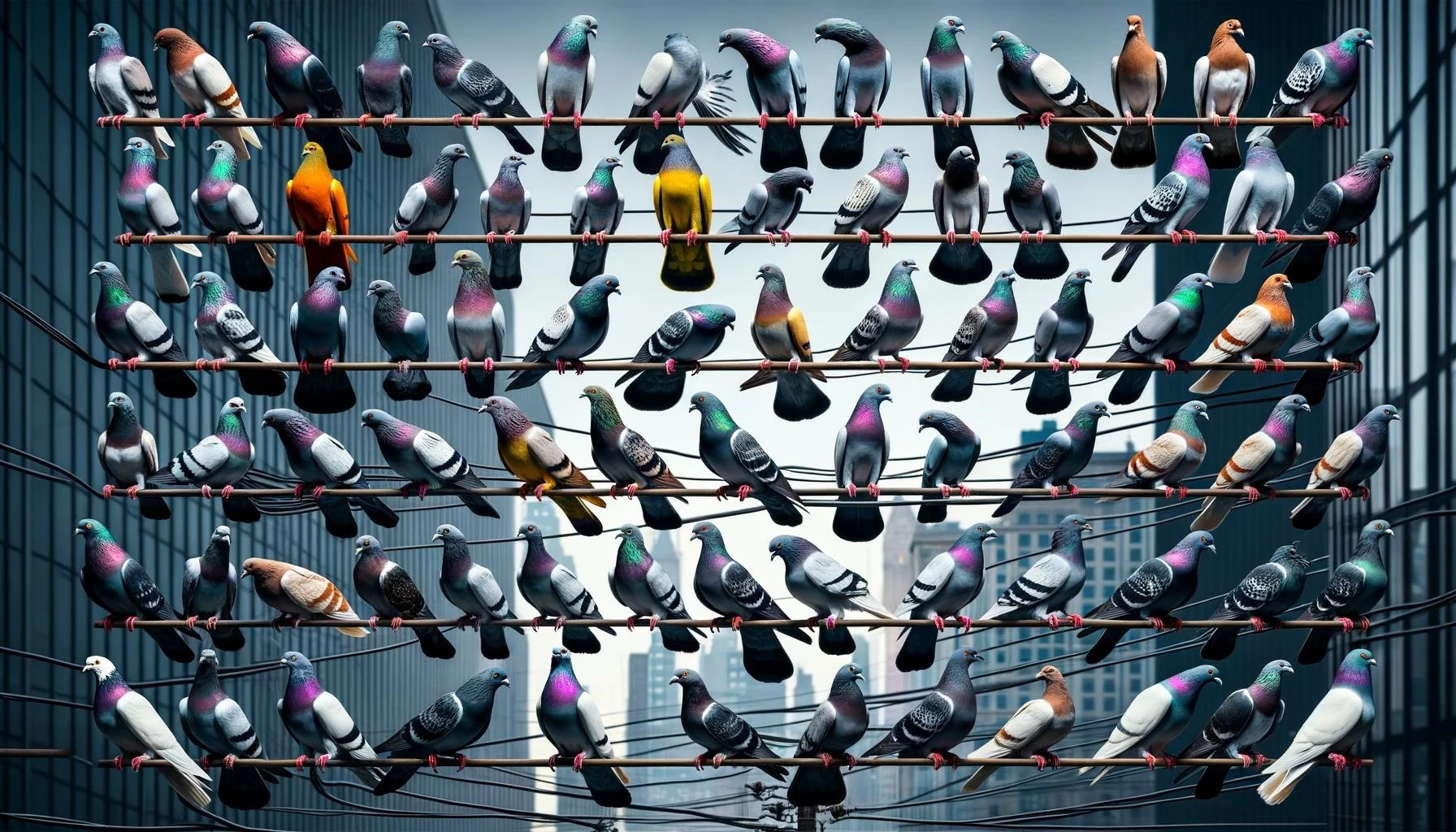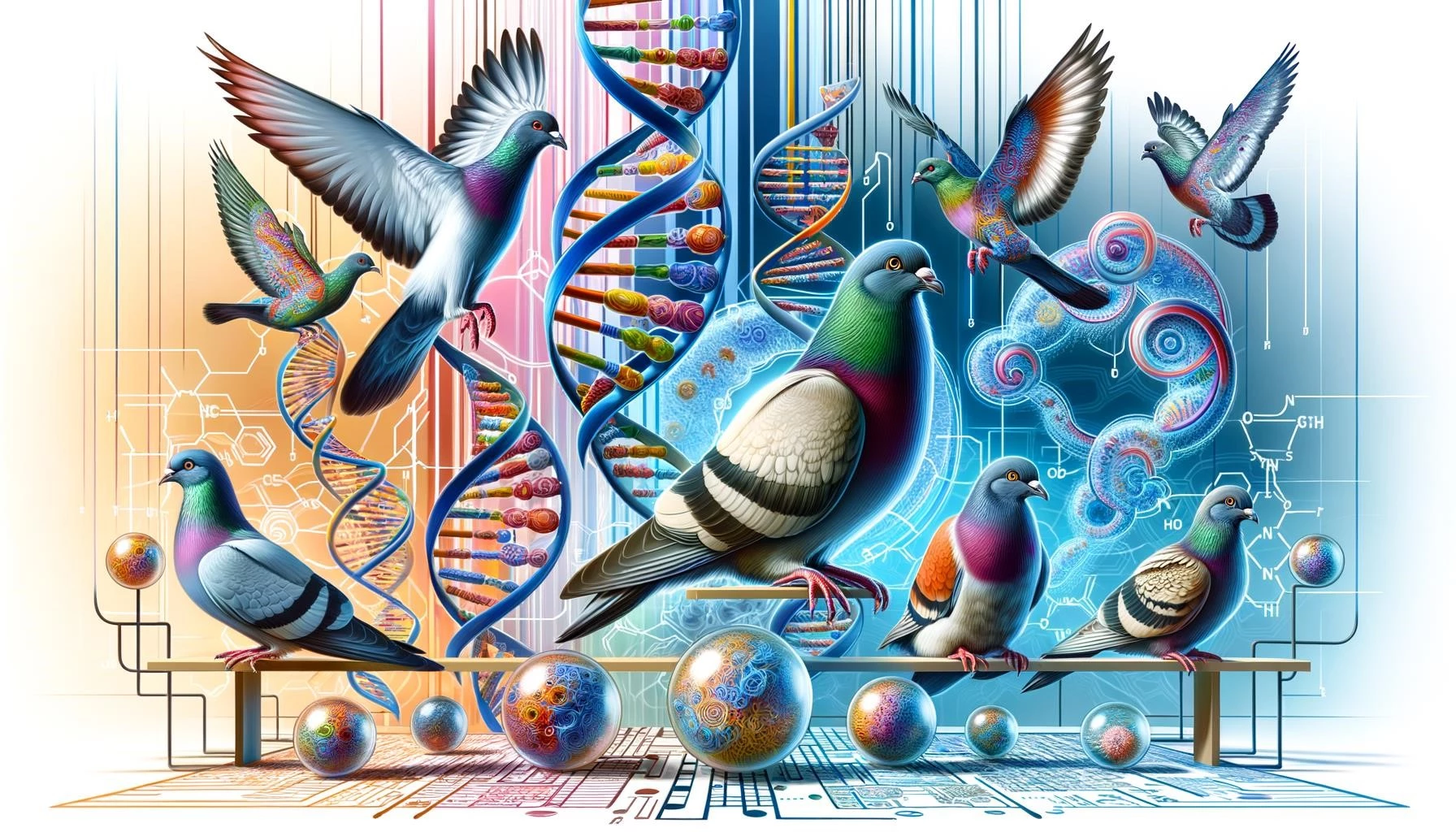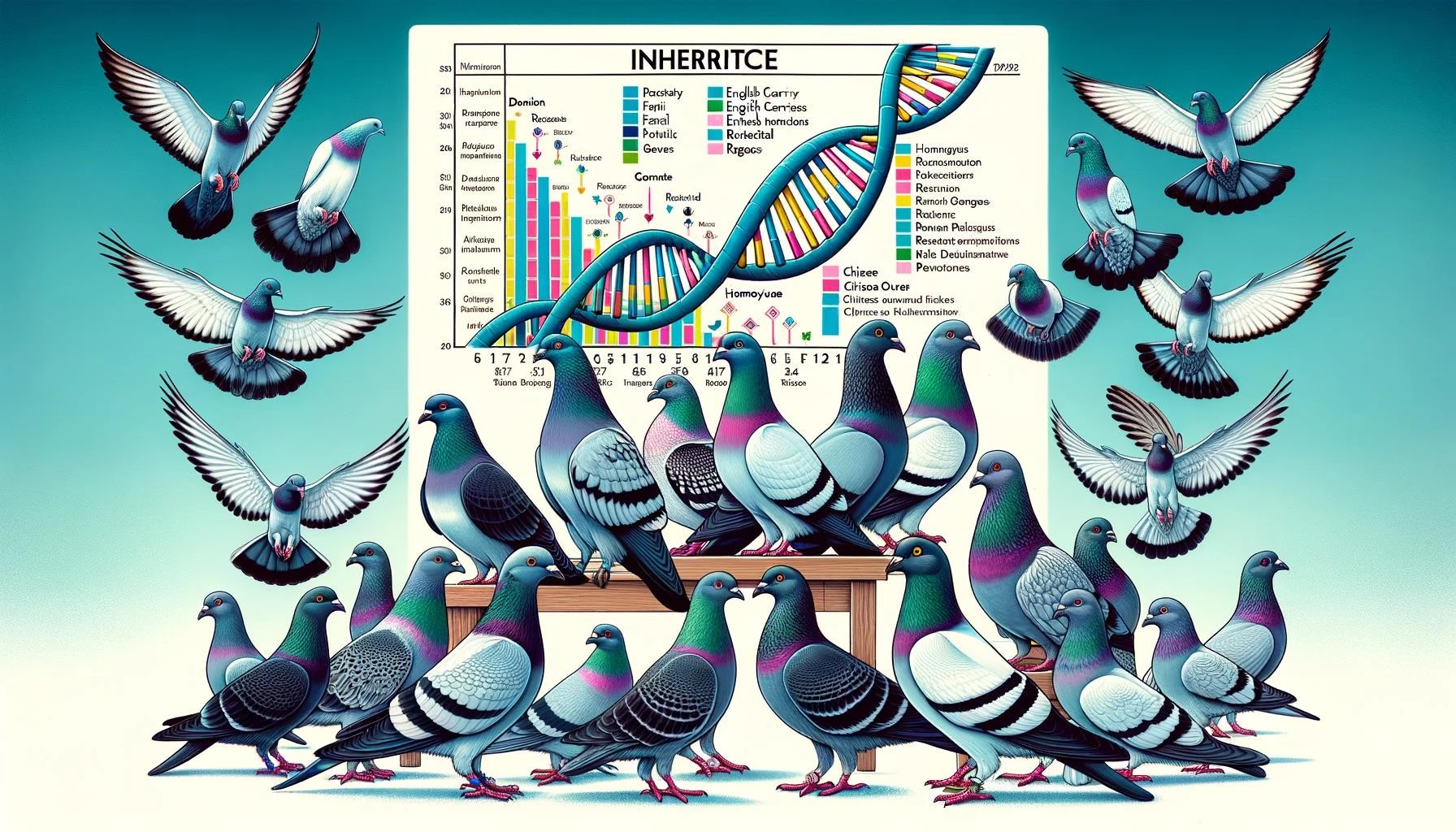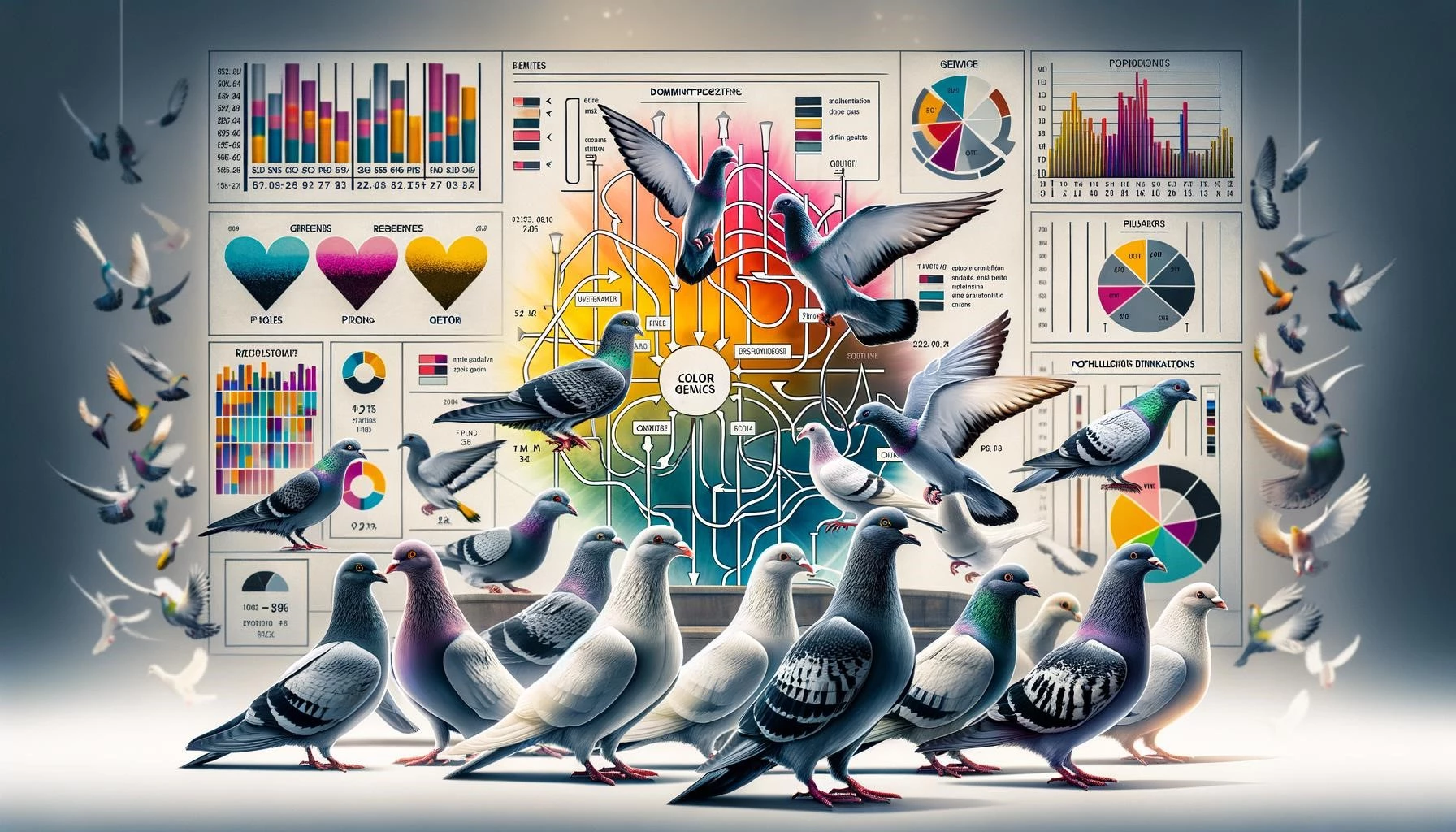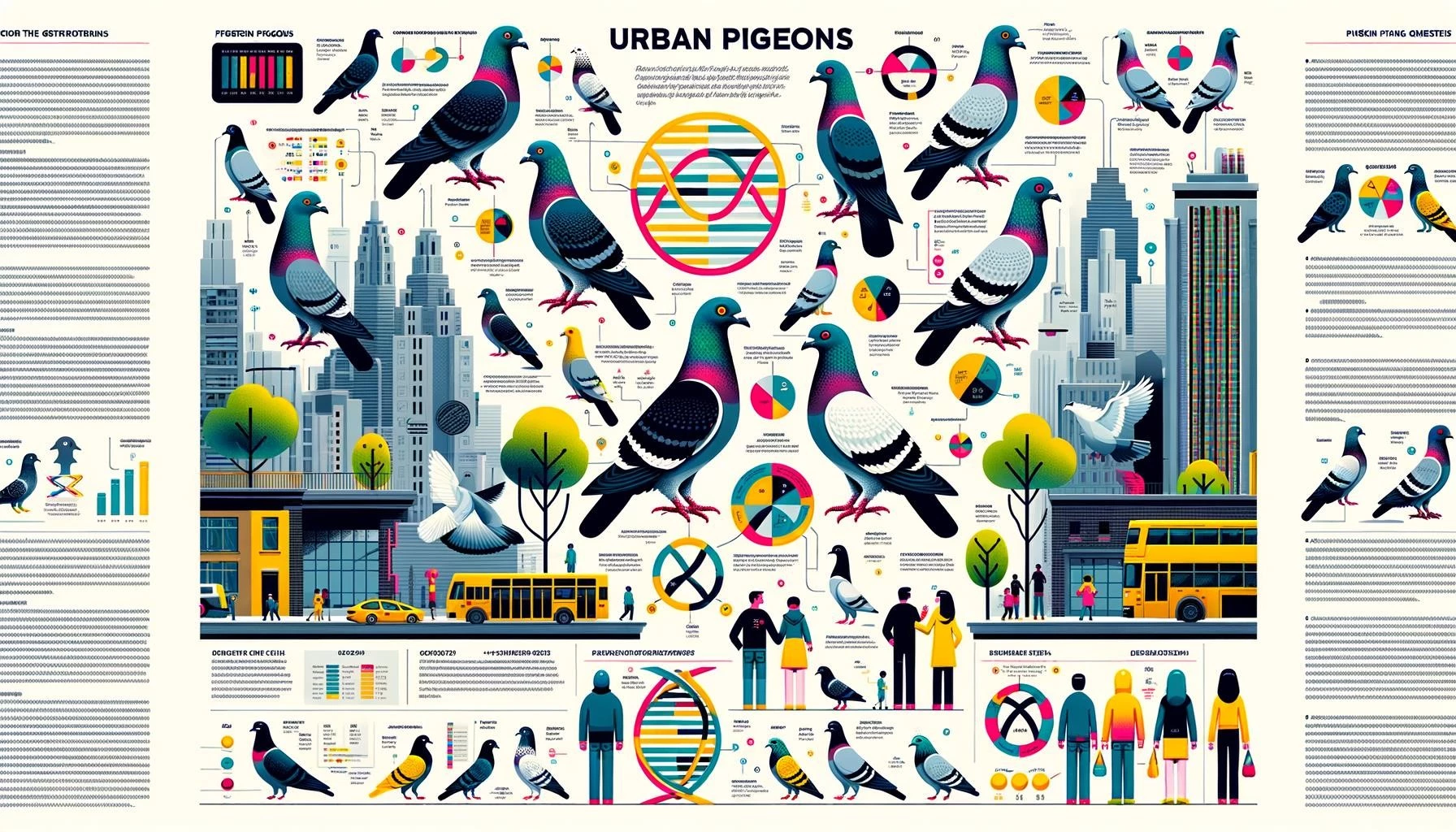Pigeons, like many other organisms, can experience genetic mutations that result in variations in their phenotypes, including their plumage color, feather patterns, and other physical traits. These mutations can occur naturally or be influenced by human intervention through selective breeding. Understanding the genetic mutations in pigeons is important for breeders and researchers alike, as it helps shed light on the mechanisms behind avian diversity and evolution.
Key Takeaways
- Genetic mutations in pigeons can lead to a variety of color variations and physical traits.
- One well-known mutation is the albino mutation, which results in pigeons with white feathers and pink eyes.
- The MC1R gene has been found to be associated with plumage color variation in pigeons.
- Other genes, such as NDP, SLC2A11B, and EDNRB2, have been identified as playing a role in eye color, feather patterns, and plumage pigment patterning in pigeons.
- Genomic studies have revealed that pigeons exhibit a wide range of genetic diversity, which contributes to their different phenotypes.
- Studying genetic mutations in pigeons provides insights into avian diversity and evolutionary processes.
Types of Genetic Mutations in Pigeons
Pigeons can exhibit various genetic mutations that result in different color variations and physical traits. Some of the most well-known mutations include:
Albino Mutation
The albino mutation is one of the most recognizable genetic mutations in pigeons. It results in pigeons with white feathers and pink eyes due to the absence of pigment production. Albino pigeons are unable to produce melanin, the pigment responsible for coloration in feathers and eyes. This mutation is inherited recessively, meaning pigeons must inherit two copies of the albino gene to display the albino phenotype.
MC1R Gene Mutation
The MC1R gene, also known as the melanocortin 1 receptor gene, has been found to be associated with plumage color variation in pigeons. Studies have shown that genetic variations in the MC1R gene can result in different pigmentation patterns in pigeon feathers, leading to variations in color intensity and distribution. This gene plays a crucial role in the regulation of melanin production in feathers.
Other Genetic Mutations
Other genes have also been identified as contributing to genetic mutations in pigeons. The NDP gene mutation, for example, has been linked to pigment production in the eyes of barless pigeons. SLC2A11B gene mutation has been associated with the pearl (white) iris color in domestic pigeons.
Genetic Diversity and Phenotypic Variation in Pigeons
Genomic studies have revealed that pigeons exhibit a wide range of genetic diversity, which contributes to their different phenotypes. Different pigeon breeds have been sequenced to understand the genetic variations that give rise to their distinct appearances and traits. These studies have identified key genes involved in pigmentation, feather patterns, eye color, and other physical characteristics.
Understanding the genetic basis of phenotypic variations in pigeons provides insights into avian diversity and evolutionary processes. By studying the molecular mechanisms behind genetic mutations and the genes involved, researchers gain a better understanding of how genetic changes drive phenotypic diversification in pigeon populations.
In conclusion, genetic mutations play a significant role in shaping the traits and appearances of pigeons. From plumage color to eye color and feather patterns, these mutations contribute to the remarkable diversity observed in pigeon populations. Studying these genetic mutations helps researchers gain a deeper understanding of avian evolution and the genetic mechanisms that underlie phenotypic variation in pigeons.




